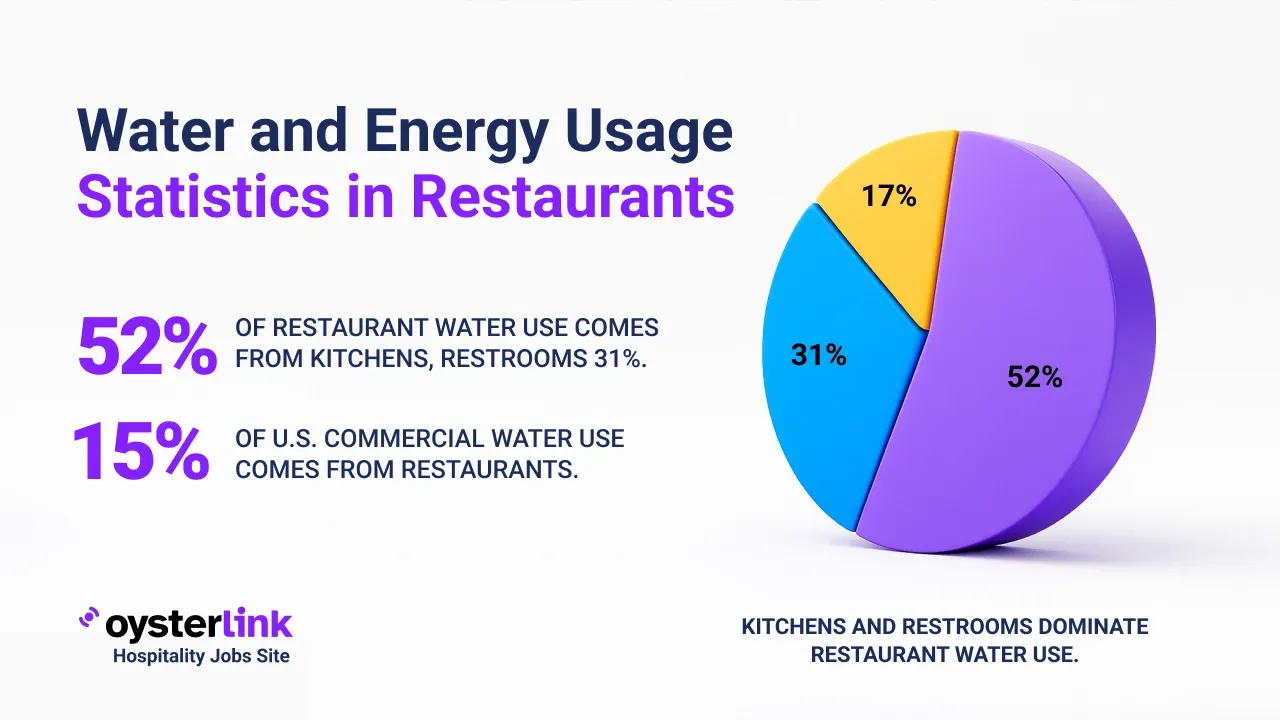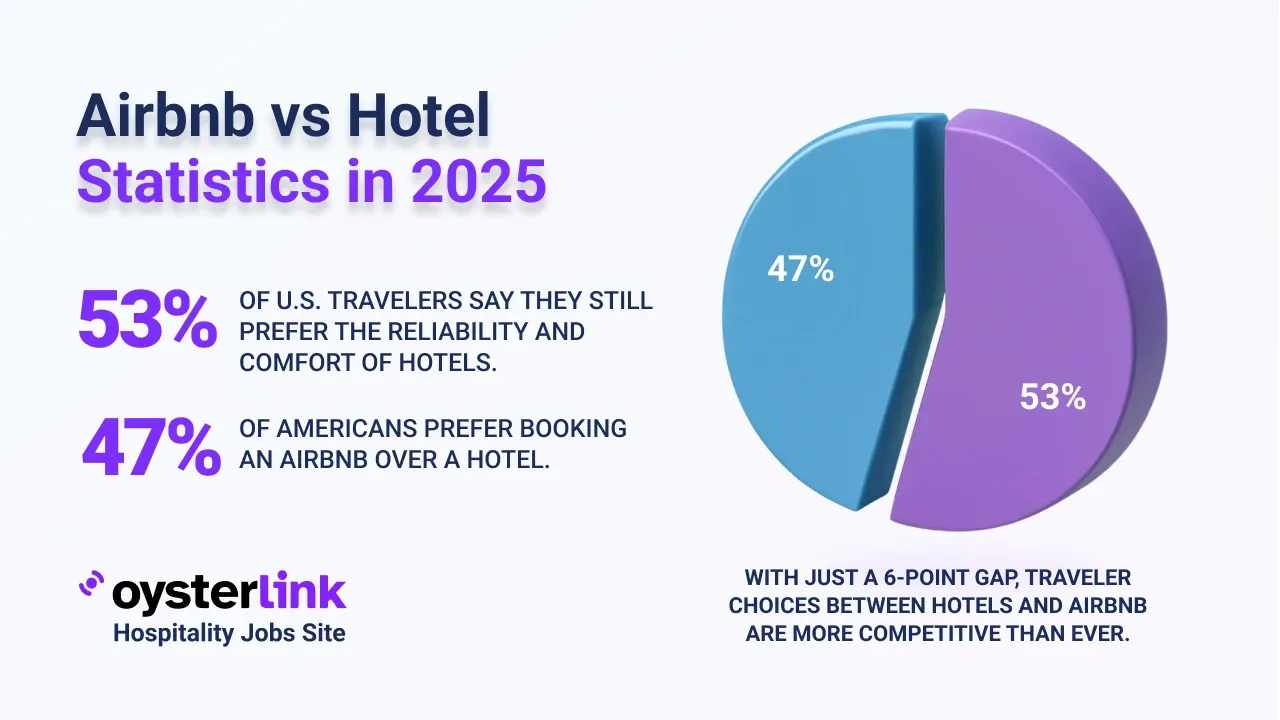New York City Living Wage vs Receptionist Salary: Key Takeaways
- Living wage for a single adult in NYC is $36.99/hour; $54.98/hour with one child, much higher than the receptionist average wage.
- NYC minimum wage is $16.50/hour as of 2025, increasing to $17.00 in 2026, still below the living wage and receptionist average salary.
- Average NYC receptionist earns approximately $22.84/hour or $47,499 annually, insufficient to cover typical living costs such as $4,443/month median rent.
Exploring the significant gap between New York City living wage requirements and receptionist salaries reveals the financial challenges faced by many workers.
This article examines cost-of-living data to suggest strategies for bridging that gap and promoting economic stability.
1. Understanding NYC Living Wage and Receptionist Salary
The Economic Policy Institute outlines that a single adult in New York City needs to earn approximately $76,934 annually—about $36.99 per hour—to meet basic needs without public assistance.
For households with a single adult and one child, this figure rises dramatically to $114,350 annually, or $54.98 per hour.
In comparison, receptionists in New York City earn an average of around $47,499 yearly, equating to about $22.84 per hour.
This average falls well below the living wage benchmarks, illustrating a stark financial disparity.
Receptionist Salary Range and Factors
Receptionist salaries in NYC range roughly from $40,907 to $55,984 depending on experience, employer, and specific job demands.
Even at the higher end, salaries remain below living wage, presenting challenges for workers trying to cover essential expenses. Employers looking to improve recruitment and retention should consider the insights in how to hire a receptionist.
2. Minimum Wage in NYC and Its Impact on Receptionists
New York City’s minimum wage as of January 1, 2025, is $16.50 per hour and is scheduled to increase to $17.00 by January 1, 2026.
While this represents an improvement in hourly wages, it remains far below the living wage estimates and the receptionist average.
The minimum wage increase is a step toward economic support, but alone it doesn’t adequately address financial needs related to New York City’s high cost of living.
Businesses navigating wage adjustments might find valuable guidance on cost of hiring employees and strategies.
3. The Cost of Living in NYC and Challenges for Receptionists
Housing costs are among the most significant financial burdens in New York City.
The median rent for a one-bedroom apartment in Manhattan, for instance, is about $4,443 per month, totaling roughly $53,316 annually.
This housing expense alone outpaces the average receptionist’s total salary, underscoring the difficulty of maintaining stable housing.
Additional Costs of Living beyond Housing
Other necessary expenses include:
- Childcare
- Healthcare
- Transportation
- Food and utilities
These costs further widen the living wage gap and increase reliance on public assistance programs.
Employers committed to staff well-being and retention should explore strategies to reduce employee turnover here.
4. Bridging the Gap Using Cost-of-Living Data
Addressing the wage and cost double-bind requires multi-faceted approaches.
Key strategies include wage adjustments and policy changes aimed at aligning compensation with realistic living expenses.
Wage Adjustments and Cost of Living Adjustments (COLAs)
Employers and policymakers can consider:
- Raising wages beyond the minimum to meet or exceed living wage benchmarks
- Implementing COLAs that adjust wages regularly in line with inflation and rising housing costs
Affordable Housing and Supportive Policies
Reducing the burden of housing costs through:
- Expansion of affordable housing programs
- Subsidies or rent control measures
Additionally, supporting workers by enhancing access to affordable childcare, healthcare services, and public transportation can relieve overall financial stress.
For further support in recruitment and hiring, employers might consider how to hire high performers, to boost team effectiveness.
5. Potential Benefits of Closing the Wage-Living Cost Gap
Closing this financial divide can promote:
- Economic stability for receptionists and similar workers
- Reduced dependency on government assistance programs
- Increased productivity and job satisfaction among workers
- Lower turnover rates benefiting employers
Ultimately, bridging this gap supports healthier communities and a more equitable workforce in NYC.
Additionally, improving compensation may prevent challenges similar to those highlighted in restaurant labor shortage insights.
6. Resources for Workers and Employers in New York City
For those seeking more information on wages, labor laws, or cost of living resources, the following government websites are invaluable:
- New York State Department of Labor
- New York City Department of Consumer and Worker Protection
- U.S. Department of Labor Wage and Hour Division
Employers can also harness restaurant staff hiring best practices to attract quality candidates efficiently.
New York City Living Wage vs Receptionist Salary: Conclusion
The average receptionist salary in New York City, although above minimum wage, remains far below the living wage needed to independently cover basic expenses in a high-cost urban environment.
This gap underscores the importance of policy interventions, affordable housing, and wage reforms to bridge financial challenges felt by many workers.
Addressing these disparities is critical to improving economic security, reducing public assistance reliance, and fostering a more equitable labor market in New York City.
For more details on the receptionist career, including salary information and interview preparation, employers and job seekers may visit the receptionist job description page.

.webp)
.webp)

